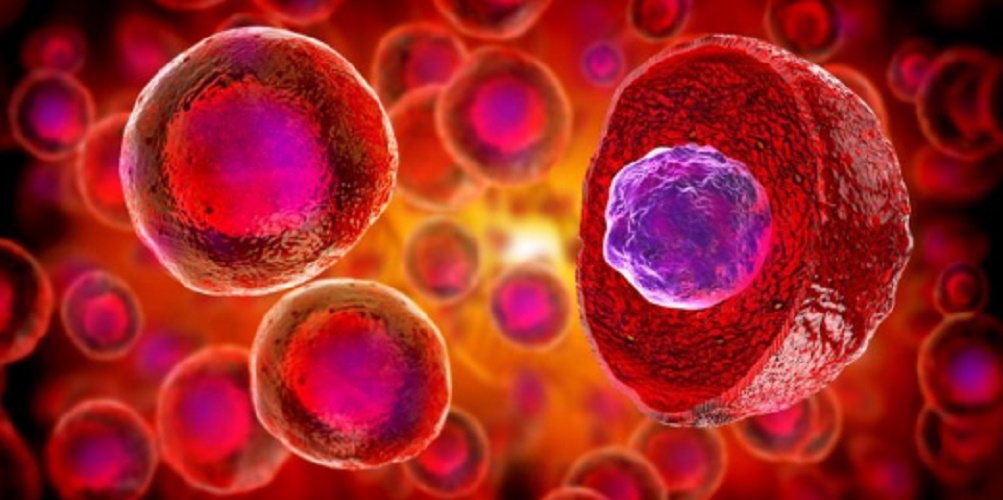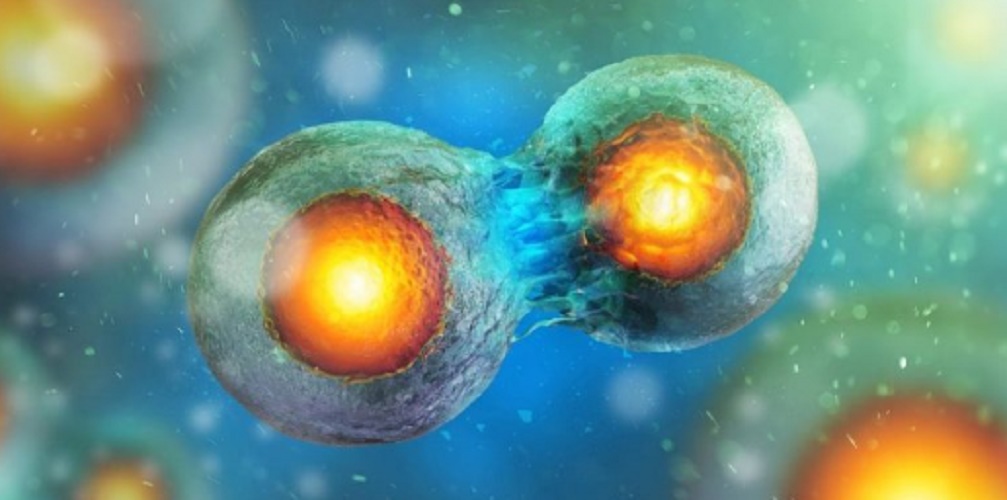What is the nucleolus?
We explain what the nucleolus is and some of its characteristics. In addition, its function and how the nucleolus cycle is carried out.
-
What is the nucleolus?
In cell biology, a region of the cell nucleus (of the cellular organelle that contains the body’s genetic material) is called nucleolus where the synthesis of ribosomes takes place (cellular genetic translation machines, responsible for assembling proteins ) and that It deals with various cellular tasks.
The nucleolus is inside the nucleus , but it is not separated from it by any membrane, since it is considered a supra-macromolecular structure, that is, it is composed of macromolecules.
His first observations took place accidentally in 1781 , a time when cell observation techniques were far from being as powerful as today, and he was not recognized. The formulation of his name and discovery itself would occur in 1836, when Rudolph Wagner and Gabriel Gustav Valentin made their first direct observations.
The nucleolus is a structure or region, although it can also be defined as a macromolecular cluster (from biochemistry), which is organized around specific chromosomes that contain repeated parts of the DNA called Nucleolar Organizing Regions (NORs). From them, the rest of the chromosomes necessary for the synthesis of ribosomal RNA (rRNA) are organized during the formation of ribosomes.
As for its location, the nucleoli are usually inside the nucleus but not exactly in the center, but slightly outward. In all eukaryotic cells are found, with the exception of sperm and certain amphibious cells. Its size varies depending on the animal or plant in question (usually between 1 and 3 micrometers), and are usually one to two per cell, although this can also vary according to species.
-
Nucleolus Function

The main role of this structure is the biosynthesis of ribosomes, to form ribosomal RNA , vital for protein synthesis. In fact, the more intense the protein synthesis activity of a cell , the more nucleoli it will tend to have. Once synthesized, the RNA will mature and be transported from the nucleolus to its destination.
Other functions of the nucleolus involve cell aging, cell stress responses and telomerase activity, an essential ribonucleic enzyme for the elongation of DNA telomeres, that is, vital for genetic duplication and cell division.
This enzyme is abundant in fetal tissue, stem cells and germ cells. Therefore, the nucleolus intervenes in the regulation of the cell cycle itself , even though during these stages the nucleolus remains invisible, as if it disappeared. This, of course, during the phases of cell division.
-
Nucleolus Cycle

Like chromosomes in the cell nucleus, the nucleolus undergoes an intense series of changes during cell division, a process in which it cannot be seen. During the cell division the nucleolus cycle occurs, which involves three distinct phases:
- Disorganization profásica . The nucleolus loses size and volume, becoming irregular, to allow the appearance of small masses of its own material, between the prophasic chromosomes that are condensed.
- Metaphase and anaphase transport . The nucleolus loses its individual character and allows its components to join the metaphase chromosomes.
- Telophasic organization . The nucleoli reappear after, in the telophase, the chromosomes are decondensed and lamellar and prenucleolar bodies appear, which will increase in size until one or more nucleoli are formed again.





